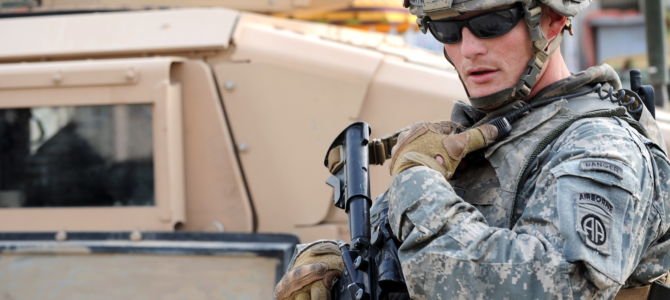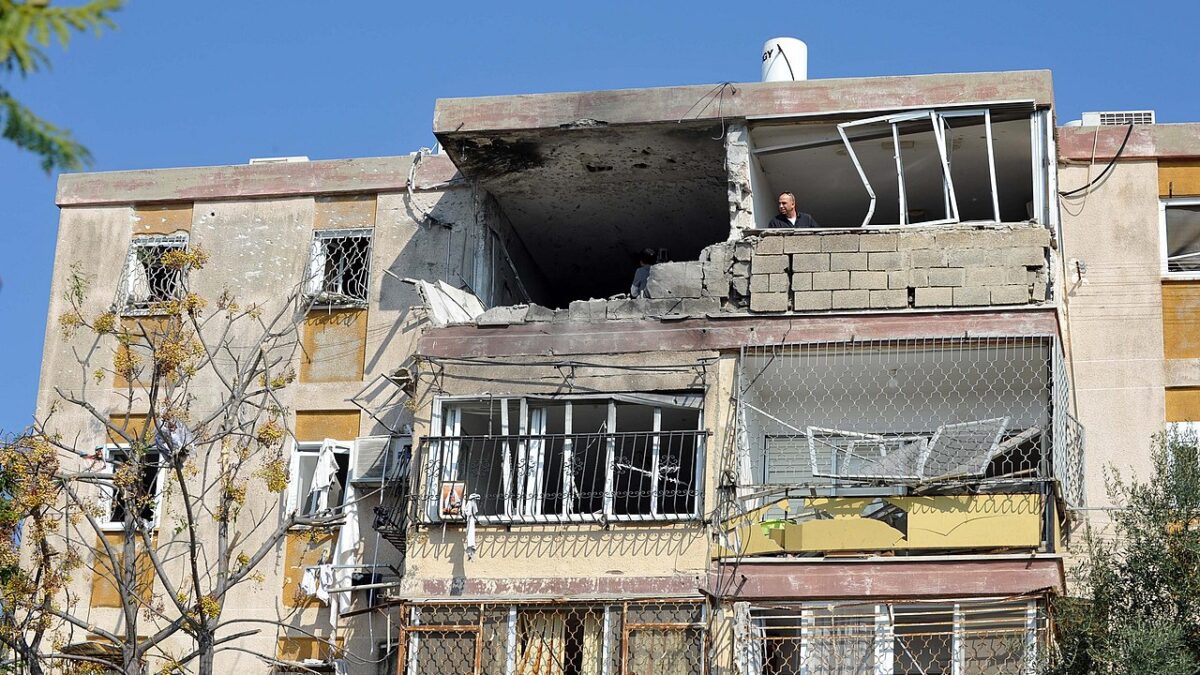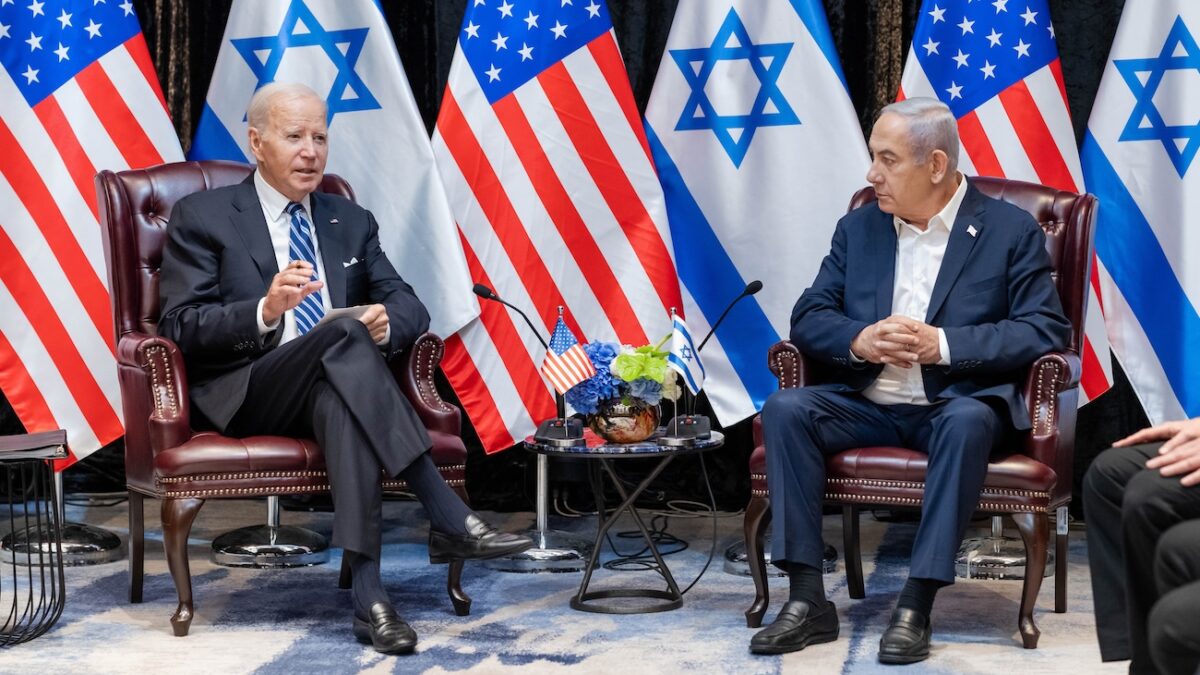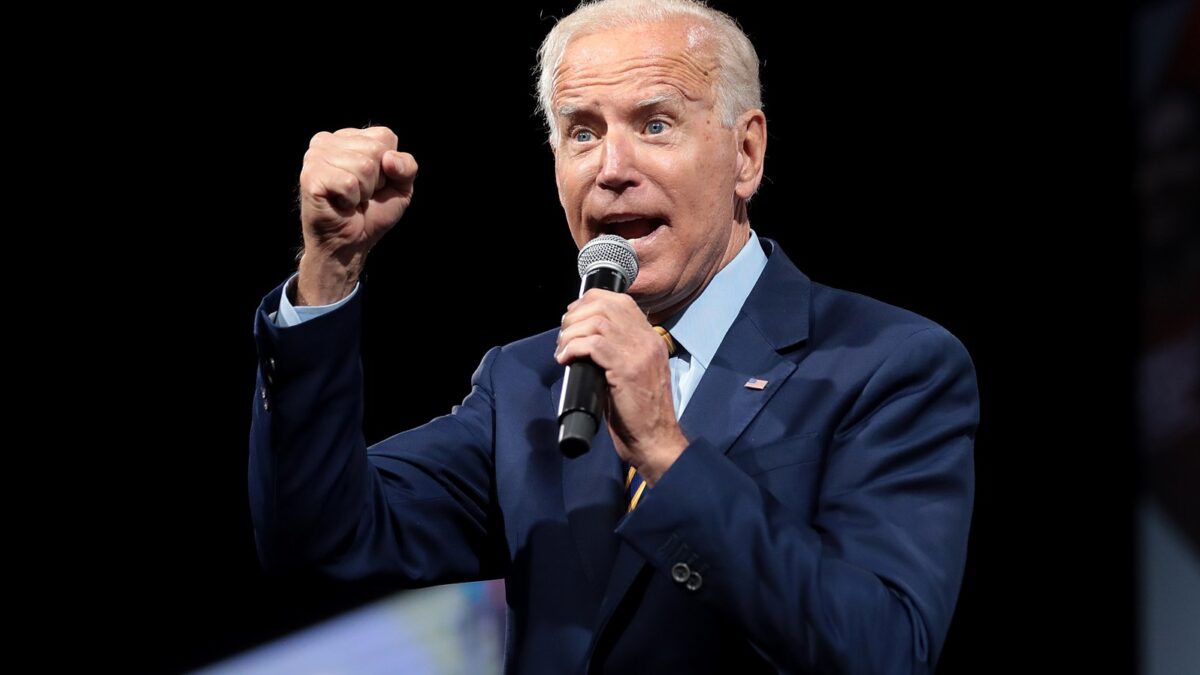
Iran was dealt a severe blow with the strike that killed Quds Force commander Qassem Soleimani. Yet because of Iran’s core interests, the danger to U.S. servicemembers in Iraq is far from over. Instead of playing politics, Washington must realize that risking the lives of American forces in a gamble to reduce Iranian influence in Iraq isn’t worth it and may be self-defeating. Just look at the history of America and Iran.
Many Americans view this history as starting in 1979 when, during the Iranian Revolution that overthrew the shah, Islamic radicals stormed the U.S. embassy in Iran and held more than 50 Americans hostage for more than a year.
Yet for Iranians, America’s involvement goes back much further, at least to the 1953 overthrow of the democratically elected Prime Minister Mohammad Mosaddegh in favor of the shah. Both America and Britain sponsored the coup. Although one motivation was keeping Iran from selling oil to the Soviets, another was the nationalization of British oil interests by Mosaddegh’s government.
The shah, Mohammad Reza Pahlavi, was a Cold War ally, but he was brutal. His secret police, the SAVAK, were notorious. Torture methods included “electric shock, whipping, beating, inserting broken glass and pouring boiling water into the rectum, tying weights to the testicles, and the extraction of teeth and nails.” Iran’s current regime commits a host of human rights abuses, but at least some of the support for the ’79 revolution stemmed from a backlash to the shah’s brutality.
The Role of Religion in Revolution
But the chief motivation of the revolution was, of course, religious. Iran was now the world’s only Shia theocratic state. Shias are the majority in Iran but make up only about 15 percent of the world’s Muslims, while Sunnis make up about 85 percent.
In 1980, Iraq’s Sunni dictator Saddam Hussein, coveting Iranian territory and insecure about Iran’s Shia regime because Iraq was also majority Shia, invaded Iran. The Iran-Iraq War lasted until 1988 and resulted in half a million dead Iraqi and Iranian troops, and another half-million injured or maimed, not including civilians. Child soldiers and chemical weapons became the norm, as did suicidal “wave attacks” reminiscent of World War I trench warfare.
America and European powers funded Saddam’s efforts, and Iraqi forces counted on American support throughout the war. America became more explicitly involved in the Persian Gulf toward the war’s end after a U.S. ship, assisting the Iraqis, was struck by an Iranian mine, leading to the events of Operation Praying Mantis, wherein American forces sank half of Iran’s navy.
Now fast-forward to 2003, when America invaded Iraq and overthrew Iran’s enemy, Saddam, without Iranian opposition and even with some covert support. But the Iranians quickly soured, as American forces were adjacent to Iran’s west in Iraq and to Iran’s east in Afghanistan. And with Saddam removed, Iran could easily seek expansion into Iraq.
Today, Iran, Islam’s only explicitly Shia state, sees dominating Iraq as imperative, since Iraq is the Middle East’s only other large, Shia-majority country. In general, the 1,400-year divide between Sunnis and Shias explains much of what we see in the Middle East. Iran intervenes in areas where fellow Shias are fighting Sunnis: Syria, Iraq, and Yemen. Sunni countries such as Saudi Arabia intervene to fight non-Sunnis, even if that means aiding jihadists such as al Qaeda or ISIS.
American Troops Need to Leave Iraq for Several Reasons
Yet religion doesn’t explain everything, which gives some hope for Iraq. Many Iraqis — even Shia Iraqis — resent Iranian influence. Possibly to deflect popular anger in Iraq against Iran, and to increase the cost of American involvement, a Shia militia attacked a U.S. base and killed an American contractor. There were also threats to America’s embassy, leading to the White House killing Soleimani.
But after Iran responded to the Soleimani killing with a face-saving, casualty-free attack, many in Washington are spiking the football. To them, America flexed its muscles and won. Yet given Iran’s interest in Iraq, and Washington’s “max pressure” campaign of sanctions that has failed to give Iran an off-ramp, further escalation is likely. This won’t take the form of open war, but Iran will continue aiding Shia militias in attacking American troops in Iraq. That puts American lives at risk for no good reason.
Let’s get realistic about Washington’s position in the Iran-Iraq relationship. Geography and demographics both ensure Iran will have influence and interest in Iraq, and totally countering that influence is not a vital U.S. interest. If it were, it would call for installing another Sunni strongman like Saddam in Baghdad.
Many Iraqi people resent Iranian involvement, but they also resent American involvement, which carries a silver lining. Iraq needs a dose of nationalism to overcome sectarian division. If Iraq is to remain a unified state, Iraqi Sunnis will have to join Iraqi Shias to reject jihadists such as ISIS, and Iraqi Shias will have to join Sunnis in rejecting Iranian influence. It isn’t America’s job to sit around in Iraq until this happens, especially if this puts our troops in harm’s way.
Worse, America’s presence provides an excuse for Iran’s influence among Iraqi Shias and may delay the day Iraq’s Shias and Sunnis unite to push Iran out. Said differently, the American safety net allows factionalism not to destroy the Iraqi state, which probably delays Iraq’s “adulthood” — if it ever is to happen. Washington should take the training wheels off and withdraw.









